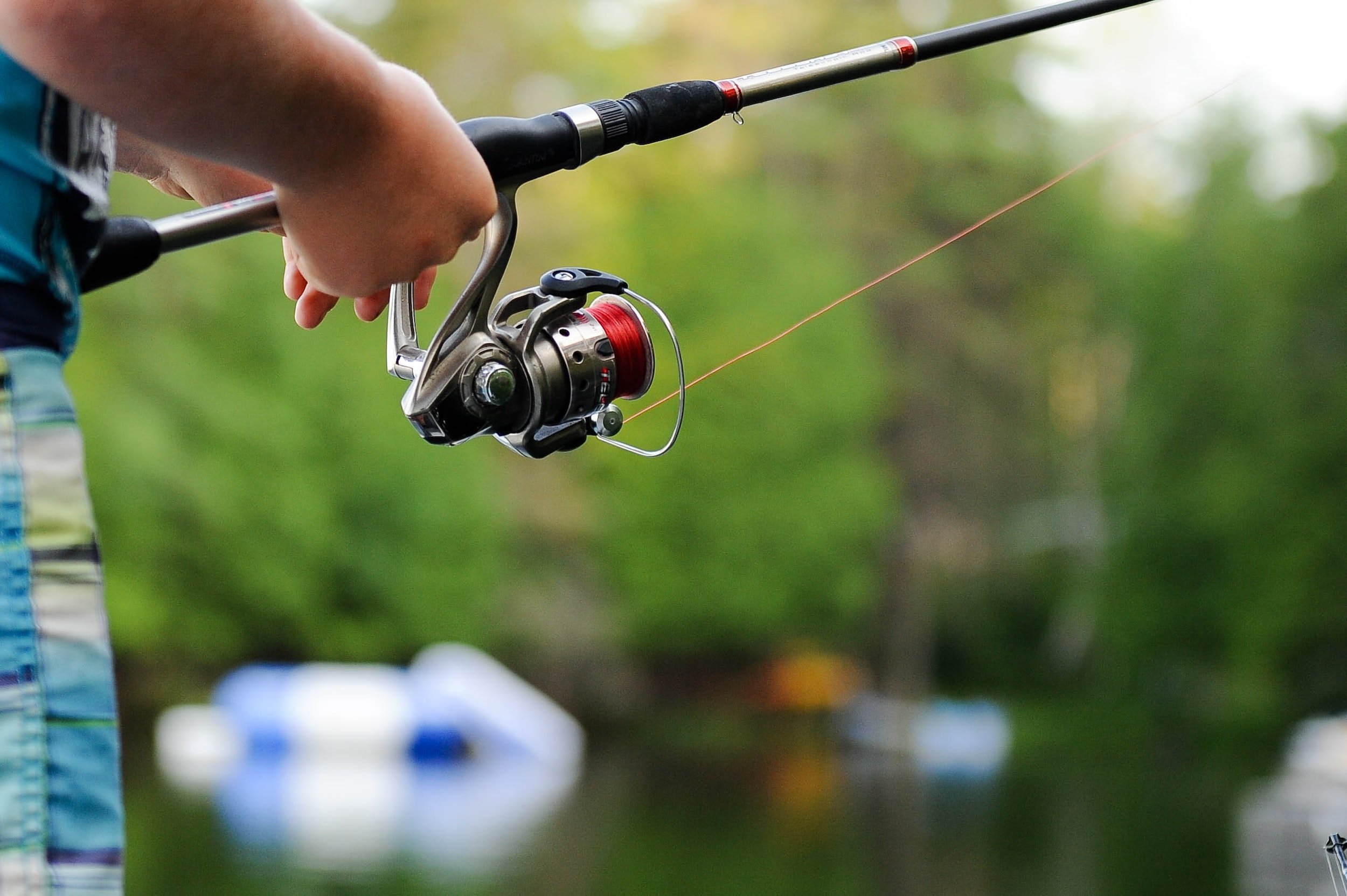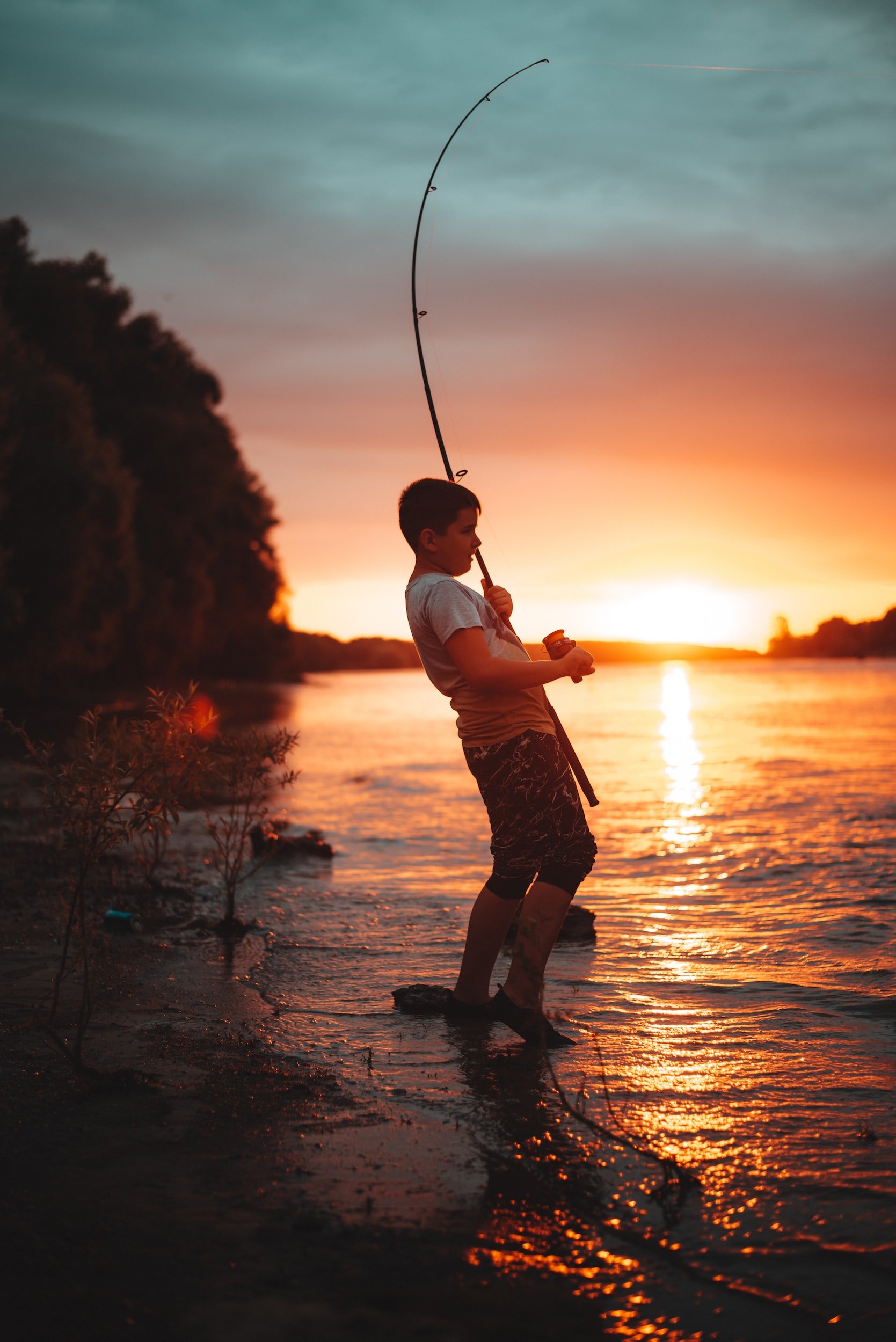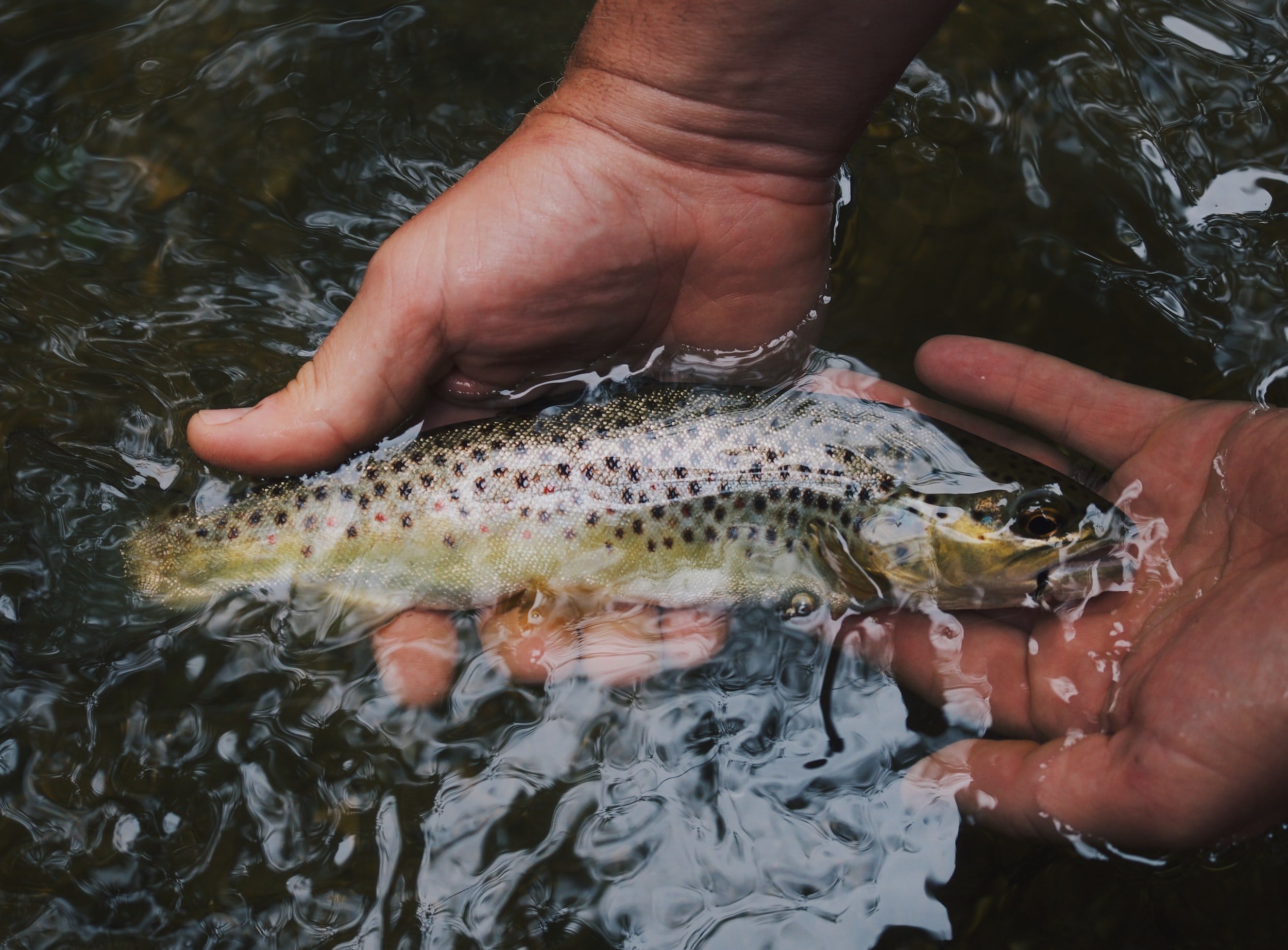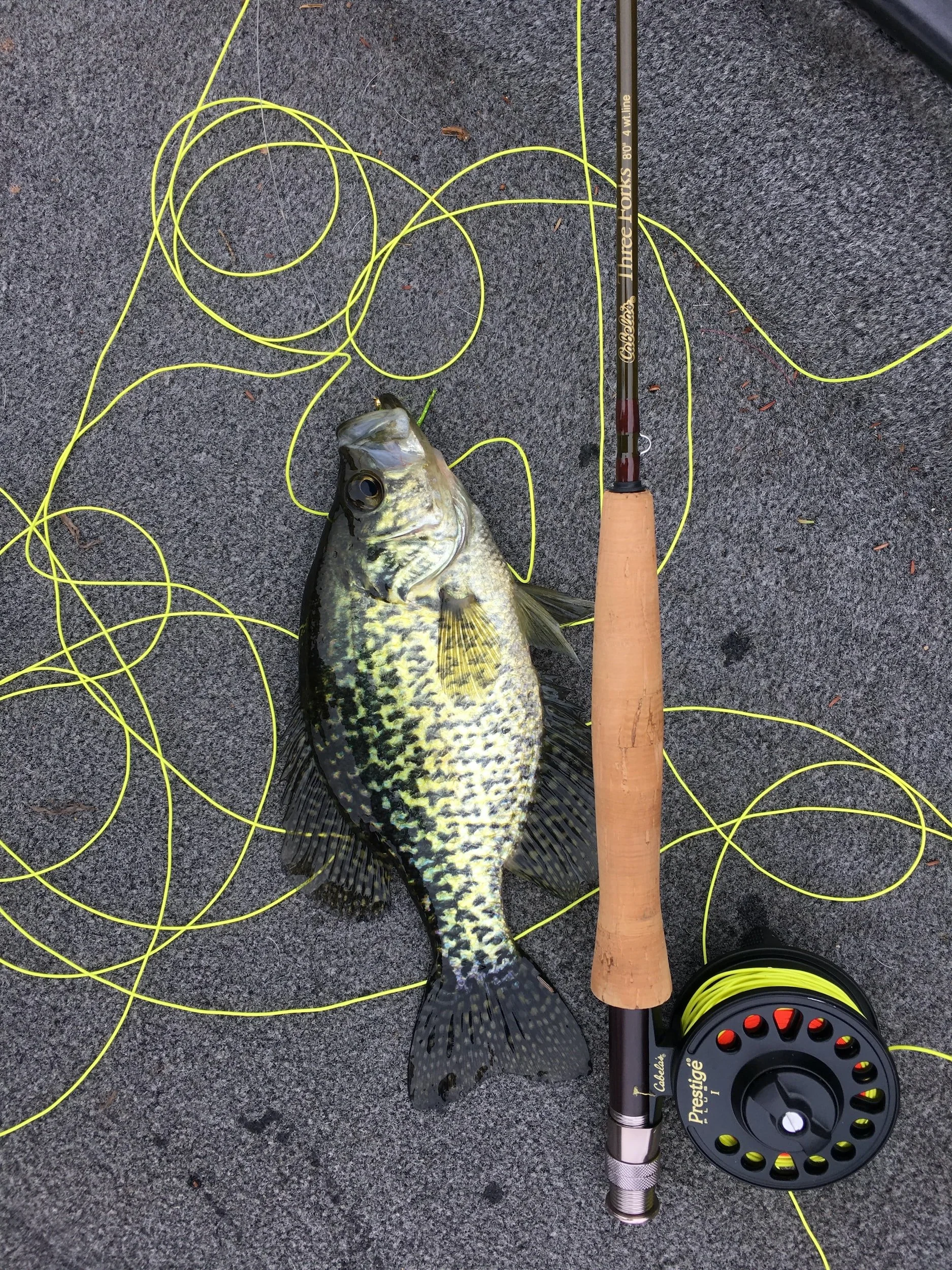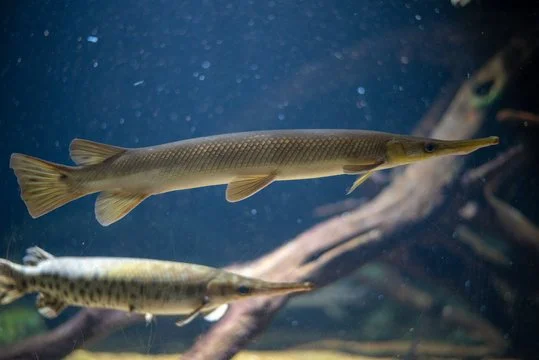A Beginner’s Guide To Freshwater Fishing in Texas
Discover > Truly Texan > A Beginner’s Guide To Freshwater Fishing in Texas
If you're new to fishing in Texas, there's no need to feel overwhelmed. With so many spots to choose from, all you need is a little guidance to get started. Learning about the fish (What wine goes well with fish?) and their habitats is the first step towards a successful fishing trip.
Texas is home to a variety of freshwater fish species, including bass, catfish, crappie, and sunfish, among others. Each has its own preferred environment, so understanding where they live and what they eat will help you choose the right bait and location.
With a bit of practice, patience, and luck, you could be reeling in your first big catch in no time. Don't hesitate to explore the many fishing opportunities that Texas has to offer; you might just discover your new favorite spot.
Tips for Beginner Freshwater Fishing in Texas
If you're looking for a relaxing and enjoyable outdoor activity in Texas, freshwater fishing is a must-try experience. Don't worry if you're a beginner; Texas offers a variety of fishing spots that are perfect for both seasoned anglers and first-timers.
You'll find nearly 80,000 miles of rivers and streams, as well as lakes and reservoirs, providing endless opportunities to cast a line and catch some fish. Just be sure to follow these tips for beginner freshwater fishing in Texas.
Get a Fishing License
To get started, the first thing you need to do is obtain a Texas fishing license from the Texas Parks and Wildlife Department. And not just any license will do - you need the appropriate endorsement depending on whether you plan to fish in freshwater or saltwater.
But why is this necessary? It all comes down to protecting the aquatic life in Texas' public waters. By requiring licenses and endorsements, the state can better manage and conserve fish populations, as well as ensure that regulations, such as catch limits and size restrictions, are followed.
So, next time you plan to head out on the water to fish, don't forget your Texas fishing license - it's not just a legal requirement, but an important tool for preserving the natural beauty of our state's waterways.
Find out more about hunting and fishing licenses in Texas through this TexasRealFood guide: Texas Hunting and Fishing Licenses: The Ultimate Guide
Choose Your Fishing Spot
If you're a beginner looking to try your hand at freshwater fishing in Texas, you're in luck! The Lone Star State offers a plethora of prime fishing spots, so the hardest part may be deciding where to cast your line.
Lake Fork
If you're on the hunt for a trophy-sized big bass, Lake Fork is the place to be. Bass fishermen from all over the United States swear by it, and it's not hard to see why. This lake produces an astonishing 65 per cent of the 50 best bass in Texas, thanks in large part to the restrictions on harvesting, the optimal natural environment, and the federally-funded stocking program.
Lake Fork Reservoir is a reservoir located within the Wood, Rains, and Hopkins counties. Spring and autumn are the peak seasons for bass fishing at Lake Fork, but don't overlook the crappie and channel catfish that call this lake home. With its reputation for big catches and stunning scenery, Lake Fork is the ultimate destination for any angling enthusiast.
Lake Houston
For those looking to catch a delicious meal or even gain some bragging rights, Lake Houston is the perfect destination. Located just a short half hour away, this lake is known for its impressive catfish population, with anglers targeting both large numbers and trophy-sized catfish.
Lake Houston is a reservoir on the San Jacinto River, 15 miles northeast of downtown Houston. If you’re aiming to reel in some edible channel fish and blue-fin catfish, these fish can grow to impressive sizes in the lake's 22,000-acre expanse. It's sure to be an exciting adventure!
Amistad Reservoir
If you're a lover of bass fishing, then you definitely need to check out the amazing Amistad Reservoir. Despite its name, this fishing destination is not just for friends - it's for everyone who wants to experience some of the best bass fishing in Texas.
Located in Val Verde County and stretching across the southeastern Edward Plateau, Amistad is home to depths of up to 217 meters. And with reservoirs in both the Rio Grande and Devils River, this spot is truly a fisherman's paradise. In fact, it has remained one of the top bass fishing destinations in Texas for years - so you don't want to miss out on this amazing experience.
Val Verde Winery is an essential stop if you're visiting Del Rio, Texas. You will have a nice time even though there is no actual tour of the facility.
Lake Arrowhead
Fishing enthusiasts near Wichita Falls have long known that Lake Arrowhead is the place to be for crappie. This reservoir has earned a reputation as the area's top destination for catching these prized fish. Whether you prefer to fish from the shore or take your boat out onto the water, there are plenty of great spots to explore.
Lake Arrowhead State Park and the four bridges are particularly popular locations for shoreline anglers looking to reel in some crappie. And for those who prefer to do their fishing from a boat, the bridges are just as attractive, with plenty of crappie waiting to be caught. Come experience the thrill of fishing at Lake Arrowhead - you're sure to have a great time!
Get Your Gear
Freshwater fishing in Texas can be a thrilling experience for beginners looking to catch some fish while enjoying the beauty of nature. Before you head out to the fishing lakes, it's important to get your gear ready.
The type of gear you will need can vary depending on the type of fish you are targeting, but some basic items to have include:
Fishing Rod and Reel
Fishing Line
Hooks
Fishing Weights
Bait
Needle Nose Pliers
It's always a good idea to research the specific fish species you want to catch and find out what gear is best suited for them. With a little bit of preparation and the right gear, you'll be well on your way to a successful fishing trip in Texas.
Learn About the Fish
Texas is home to a variety of fish, including bass, catfish, crappie, and sunfish, each with their own unique characteristics. From the feeding patterns to the preferred water temperatures, understanding these details can make all the difference in your fishing experience.
As a beginner to freshwater fishing in Texas, it is essential to first learn about the fish you are targeting. Taking the time to familiarize yourself with the different species and their distinct habits and behaviors will not only increase your chances of a successful fishing trip, but it will also help you choose the right bait and fishing techniques.
So, before you cast your line, take the time to research and learn about the fish in your chosen spot. Your efforts will surely pay off in the end.
Find the Best Fishing Technique
If you're new to freshwater fishing in Texas, one of the most important things you can do is practice your fishing techniques. While there are many different methods to choose from, including casting, trolling, and fly fishing, each requires its own set of skills and strategies.
Whether you're looking to catch catfish, bass, or trout, spending time on the water practicing your technique can dramatically improve your chances of success. Try experimenting with different lures, baits, and casting styles until you find what works best for you. With time and practice, you'll become a seasoned angler in no time!
Follow Fishing Regulations
Freshwater fishing is a popular activity in Texas that draws both experienced anglers and eager beginners. If you're new to fishing, the first thing to keep in mind is ensuring you follow the regulations. These regulations are in place to keep fish populations healthy, and to ensure that the fishery remains sustainable.
Before you head out to your destination, make sure you research and understand the regulations for the specific area where you plan to fish. This will ensure an enjoyable day on the water, while also preserving the ecosystem. Remember, responsible fishing practices not only benefit the environment, but also the future of fishing for generations to come.
Prioritize Safety
Freshwater fishing in Texas can be a thrilling adventure, especially for beginners. To ensure a safe and enjoyable experience, it is important to prioritize safety at all times. Wearing a life jacket, being aware of your surroundings, and following all safety guidelines can help prevent accidents and mishaps.
Once you've got the safety aspect covered, you can focus on the excitement of casting your line and reeling in your catch. Whether you're in a river, lake, or reservoir, the abundant fish species in Texas are sure to provide fun and excitement for any angler. So tackle up, get out there and explore the beauty of Texas's freshwater fishing.
Enjoy the Experience
The most important thing to remember is to enjoy the experience. Take a moment to appreciate the stunning surroundings, listen to the birds chirping, and feel the sun on your skin. Freshwater fishing in Texas is the perfect opportunity to disconnect from the fast-paced world and connect with nature. So grab your fishing gear, pack some snacks, and get ready for a day of relaxation and adventure on the water. Just remember to be patient, stay safe, and above all - have fun!
As summer starts to roll around, Texans all over are taking out and re-spinning their fishing rods, ready to hit the great lakes to catch them some bounty. Read on for more information on How to Oven Bake a Whole Fish.
Types of Fish Found in Texas Waters
With so many freshwater lakes, rivers, and ponds in Texas, any angler is sure to encounter a wide variety of fish species. It's important to be familiar with the primary categories of fish, including bass, crappie, catfish, sunfish, gar, carp, and trout, to become a successful angler.
Understanding the behavior and habitat of these species will help anglers make informed decisions when choosing where to cast their lines, what bait to use, and how to present it. With patience and skill, fishing in Texas can be a rewarding hobby for anyone who loves the outdoors.
Bass
Texas waters are teeming with a variety of fish species, but none are quite as sought-after as the bass family. These Southwestern waters boast a plethora of bass species, including largemouth, smallmouth, Guadalupe, striped, white, yellow, and spotted bass. Anglers from all over come to Texas to test their skills against these trophy game fish, with largemouth bass being one of the most popular targets.
The Guadalupe Bass is a unique and cherished species that can only be found in the great state of Texas. This transformative fish has been named the official state fish, and for good reason. Its habitat is limited to the northern and eastern Edwards Plateau, including some of the most beautiful rivers and streams in the area.
If you are lucky enough to spot this elusive fish, you'll see why it holds a special place in the hearts of Texans. Its striking appearance and impressive size make it a true catch for those who love to fish. Next time you're near one of its native rivers, keep your eyes peeled for this beautiful and rare fish.
Crappie
This species of fish is highly sought after for its table fare and can be found in abundance throughout the state. You'll likely come across two types while crappie fishing in Texas: black crappie and white crappie. Both are easy to catch and make for a fun introduction to fishing for kids.
If you're searching for a great place to catch some white crappie in Texas, Granger Lake is definitely worth checking out. This 4,000-acre reservoir on the San Gabriel River, located just northeast of Austin, is widely known as one of the most reliable crappie fishing spots in the state.
Whether you're an experienced angler or just starting out, Granger Lake offers plenty of opportunities to reel in some great catches. So grab your fishing gear and head on over to Granger Lake for a fun and exciting day on the water!
Catfish
These freshwater fish can be caught in rivers, lakes, and ponds and are popular game fish due to their size and taste. Texans can cast their lines for flathead catfish, channel catfish, blue catfish, or try their hand at catching black or yellow bullheads. It's not uncommon to reel in a catfish weighing over 100 pounds, making the experience all the more thrilling.
When it comes to catching catfish, it's all about the allure of the food. These bottom feeders are known for being attracted to both sight and smell, especially bright colors like orange and red. That's why one of the best lures for catching catfish is Cheetos puffs! Believe it or not, the bright orange color of these snacks actually grabs their attention, while the cheesy corn smell is irresistible to their taste buds. So, the next time you're fishing for catfish, remember to bring some Cheetos puffs along for the ride. Your catch of the day will thank you for it!
Discover the top spots in Texas where you can land catfish, as well as expert tips on how to prepare your catch for a tasty meal.
Carp
One species that stands out in the Lone Star State is the carp. The common carp and grass carp are often found swimming in Texas waters, and while they may be herbivorous, they are known to put up quite a battle. If you're looking for a challenge, these finicky fish won't bite immediately, requiring a little patience and perseverance. But if you stick with it, the reward is well worth it. A successful hookup with a carp can be a truly thrilling experience, making it an unforgettable fishing trip in Texas.
Carp prefer warmer waters, so you'll have the best luck if you look along the shoreline, backwaters, and side channels for muddy water with dense vegetation. With a little bit of patience and a lot of persistence, you might just reel in the catch of the day!
Sunfish
Texas waters are home to a variety of sunfish species that are as diverse as they are colorful. Among the most popular are the bluegill, redbreast sunfish, green sunfish, redear sunfish, and longear sunfish. These vibrant fishes are enjoyed by anglers of all ages, but especially by kids who delight in catching them with bait as simple as crickets or earthworms. But sunfish are more than just easy prey for amateur fishermen. They also play an important role in the ecological balance of Texas waters.
If you're looking to reel in a sunfish, it's important to know that they tend to prefer gravel or rocky bottoms, often congregating around boulders, outcroppings, and aquatic vegetation. So, make sure to keep an eye out for these features when you're trying to catch some of these fascinating fish.
Gar
With their prehistoric appearance, featuring elongated snouts and razor-sharp teeth, they are a species that draws attention. Alligator gar, longnose gar, shortnose gar, and spotted gar are the types that can be found in Texas, and they all come with their own fishing challenges.
Gar can be difficult to land as their subtle “eat” catches you off-guard, and their hard mouths make it tough to set the hook. Nevertheless, the hunt is worth it, given the unique and intimidating look of these fish.
Enjoy the freshest Gulf shrimp, fish, and other seafood with our listing of the best seafood vendors this side of Texas.
Summary
Fishing in Texas is an exciting opportunity for any beginner, and with the right equipment and knowledge, you are sure to reap some catches along the way. So don't let intimidation hold you back - take some time to research the environment and get familiar with the species' habits. Grab a rod, find the best spot, and listen to your instincts from there before you cast your line! You never know what kind of unique adventure awaits you out on the open waters of Texas. Just remember to bring a friend or two so you can share stories about "the one that got away". With a little effort and dedication, there's sure to be plenty of rewarding trips ahead!
If you’re also a thankful Texan like me, here are 50 things in Texas that makes all of us thankful.

